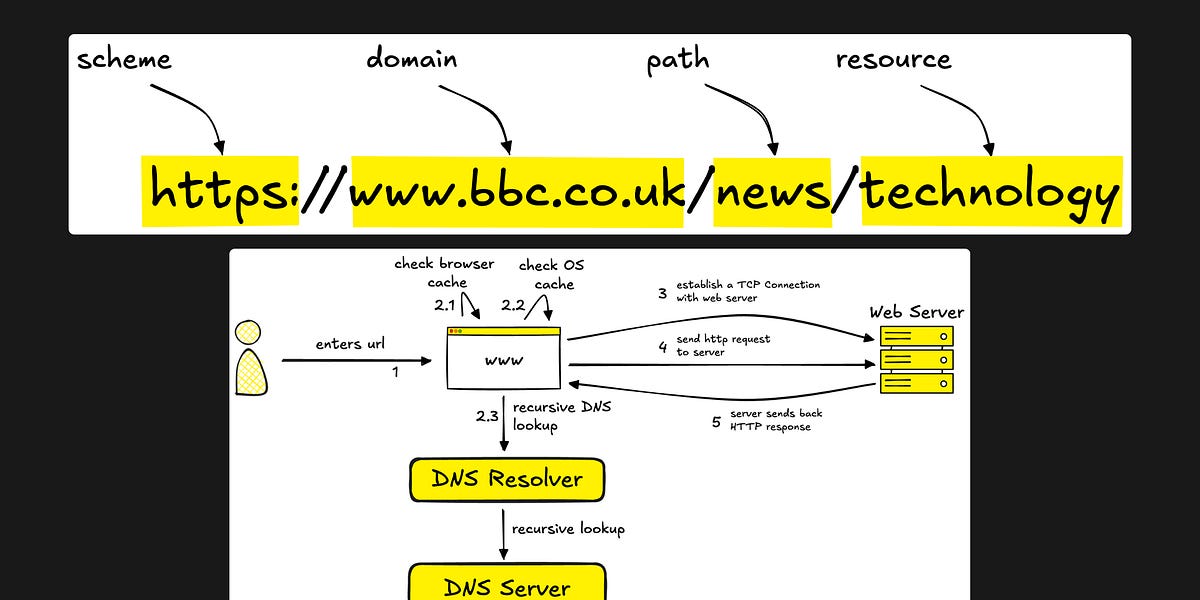BLM Plans List Over 6 Million Acres for Potential Disposal
This spring, the outdoor recreation community was instrumental in convincing lawmakers to remove provisions from the 2025 budget reconciliation bill that would have led to large-scale public land sales. While it was a major victory, public lands can still be sold through other actions. As pressure mounts to develop the West’s open spaces, some policymakers are considering public land parcels as opportunities to expand housing or develop for other purposes.
Specific parcels have been quietly flagged for potential sale–or “disposal”–for decades. The Bureau of Land Management (BLM) officially records these parcels in Resource Management Plans (RMPs), legal documents that guide long-term management decisions. Across more than 160 planning areas, at least 6,086,900 acres are identified for potential sale in the Western United States.
While public input is part of the RMP process, in many cases the last time the public had an opportunity to weigh in on the value of these lands was decades ago. Over time, the priorities and needs of Western communities changed. Additionally, some BLM offices appear to have taken a more sweeping approach than others when listing lands for potential disposal, which–if carried out through sales–could result in an alarming loss of access in some areas.
To bring transparency to this information, onX and TRCP have created a first-of-its-kind, interactive map spanning Western BLM planning areas in the lower 48 states. This map provides necessary geographic context for where parcels that could be sold are distributed on the landscape, and includes roads, towns, and adjoining public lands. Prior to this map, finding information or data about flagged parcels required searching government databases and documents that are hundreds of pages long. Now it’s possible to see at a glance which parcels may be considered for sale.
BLM Parcels Identified for Potential Sale
Explore the map to see whether the areas you hunt or recreate are flagged for potential sale. Click on any disposal parcel to see the associated Resource Management Plan and the year it was published. Some parcels were marked for potential sale over 40 years ago!
This map contains parcels identified in RMPs across 17 Western states–plus a few outliers where data is otherwise sparse. The disposal data was sourced from the BLM, and we’re aware that certain plans containing eligible parcels are missing from this dataset. We will update the map if the data becomes available. And although Alaska contains thousands of acres identified for potential sale, gaps in the available data and the unique legal complexities regarding land sales and transfers in the state kept those parcels off the map.

Why Are These Lands on Disposal Lists?
In 1976, Congress passed the Federal Land Policy and Management Act, which directed the BLM to identify lands that could be sold to support community development or improve management efficiency. Just because a parcel is flagged for potential disposal doesn’t mean it makes sense to sell, or that it will be sold. Importantly, before any sale can occur, the BLM is required to provide public notice, allow for comment, and make a formal determination that the sale is in the public interest. Congressional approval is not required for the BLM to complete a sale.
Want to learn more about how the BLM conducts public land sales? Check out this blog from the Theodore Roosevelt Conservation Partnership that takes a deeper dive into the history of BLM’s land disposal authority.

The West Has Changed Since Parcels Were Identified
Many BLM lands were identified for potential sale decades ago through resource management planning. Plan revisions sometimes failed to meaningfully review or reconsider the original lists of parcels, and simply carried the outdated list forward. The populations, economies, and needs of Western communities have changed significantly in recent decades, and these disposal lists should be revisited to better reflect current day realities.
![]()
Population Growth
In the last 40 years, the population of the 17 Western states has grown by approximately 78 million people, or more than a 200% increase.
From 2006-2022, the number of visits to BLM lands increased by 46%, according to Outdoor Alliance.
Land Development and Cultural Shifts
As the population has grown, large properties in the West have been subdivided and developed, in many cases cutting off access and leading to fewer people knowing their neighbors and having family ties to landowners on the periphery of towns. Public lands close to population centers are increasingly important access opportunities.
Modern Technology
Thanks to GPS technology, smartphones, digital maps, and a growing demand for outdoor experiences, many public land parcels identified by the BLM for potential sale are easier for the public to discover and safer to navigate. A desire to get off the beaten path is more common as population growth and development of previously open space squeeze recreation.
These Aren’t Junk Acres—They Look Like This
A few onX staff members visited some of the places listed for potential disposal to see what’s at stake. What they experienced aren’t forgotten, bleak, or barren, but rather places full of vistas, rugged trails, and thriving wildlife. They deserve to be fought for and kept in public hands, forever.
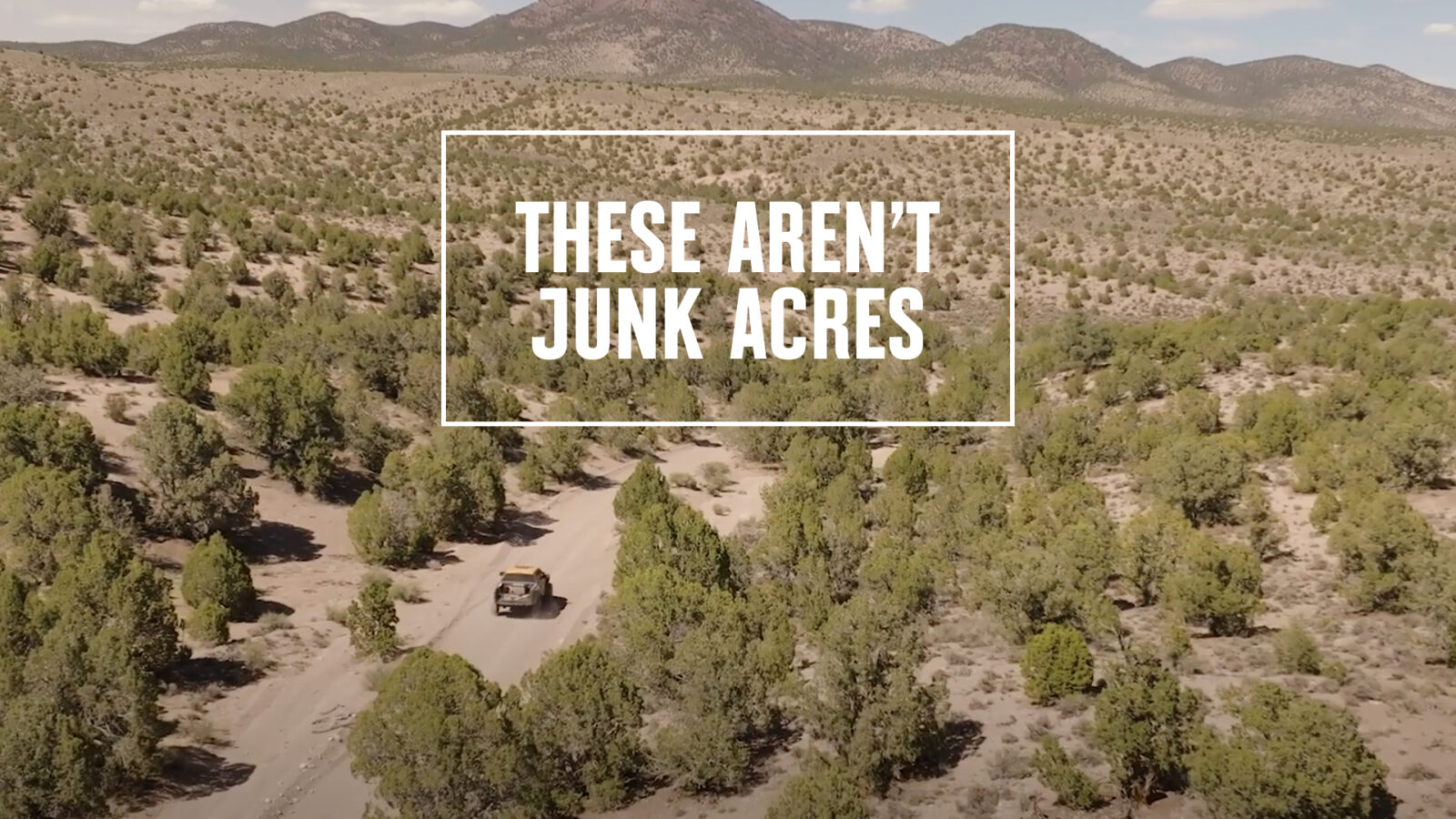
Play
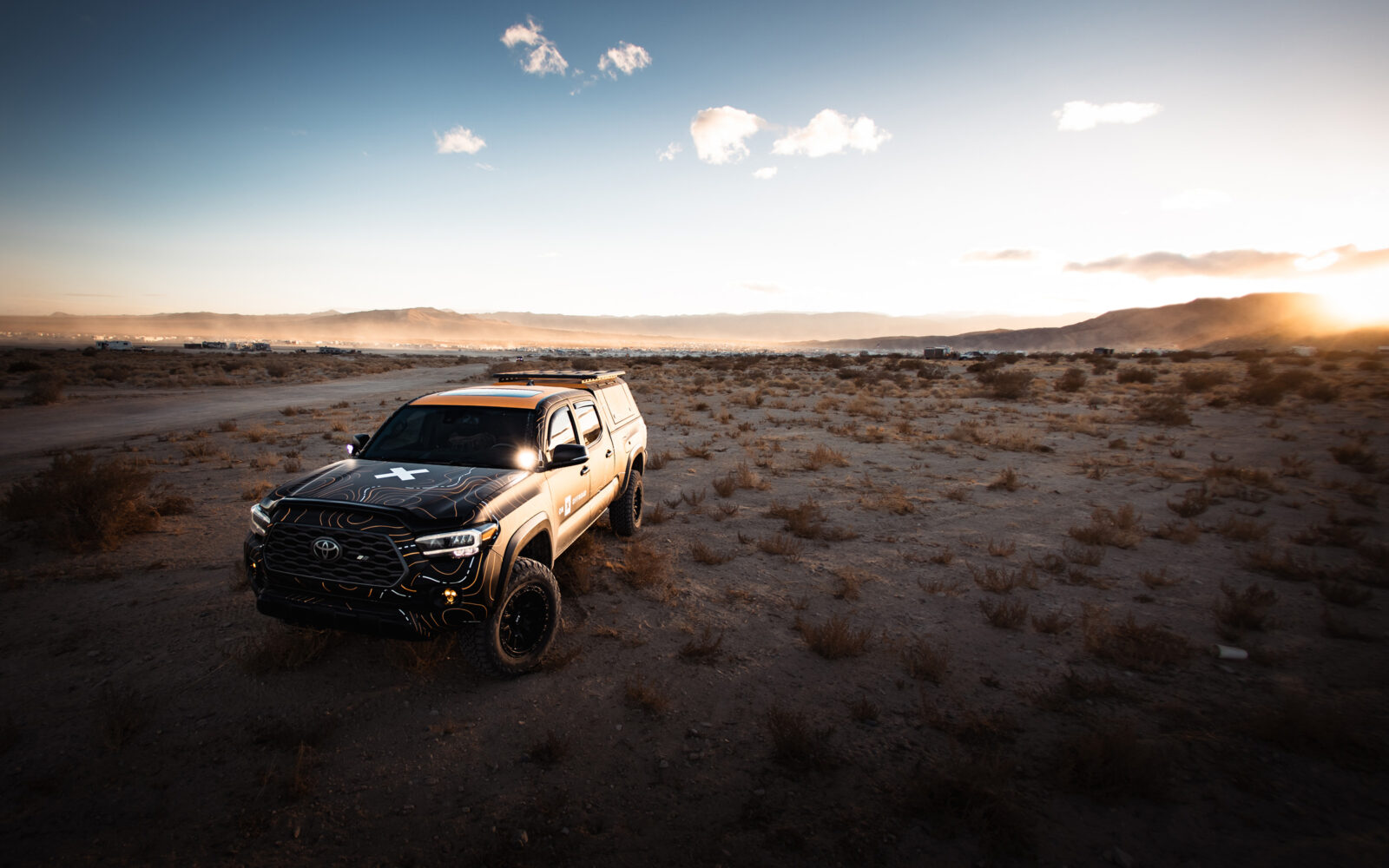
As Advocates, Where Do We Go From Here?
Outdoor recreationists have long opposed large-scale public land sales. We know these places hold values that are both quantifiable–like the fact that recreation on BLM lands contributed $11.4 billion to the economy in a single year–and difficult to put a price on, such as ecosystem functions, health benefits, and the value of passing on traditions to the next generation. When the BLM dusts off decades-old disposal lists to determine which parcels are appropriate for sale, we need to ensure they consider the following:
- Transparency and public input. Before any parcel is sold, the BLM should launch a new public comment period–because many disposal lists are over 20 years old–and fully disclose impacts on wildlife habitats and recreation values for local communities.
- Uphold existing safeguards. Federal law requires that public land sales serve the public interest. The agency must also safeguard access and habitat, reinvesting the proceeds from any sale into purchasing land that better serves the public. We ask the BLM to uphold these standards.
- Recognize the value of these places. Many of these parcels offer hunting or recreation access that fly under the radar. They may not have trailhead kiosks, bathrooms, or other hallmarks of “developed recreation,” but some parcels provide close-to-town trail access, while others further afield offer dispersed camping and hunting opportunities. The Department of the Interior needs to know these parcels hold value for Western communities.
That’s where you–the public–comes in. Be ready to share your perspective in future public comment periods. Share this map with friends and fellow outdoor enthusiasts so they are ready to participate, too.
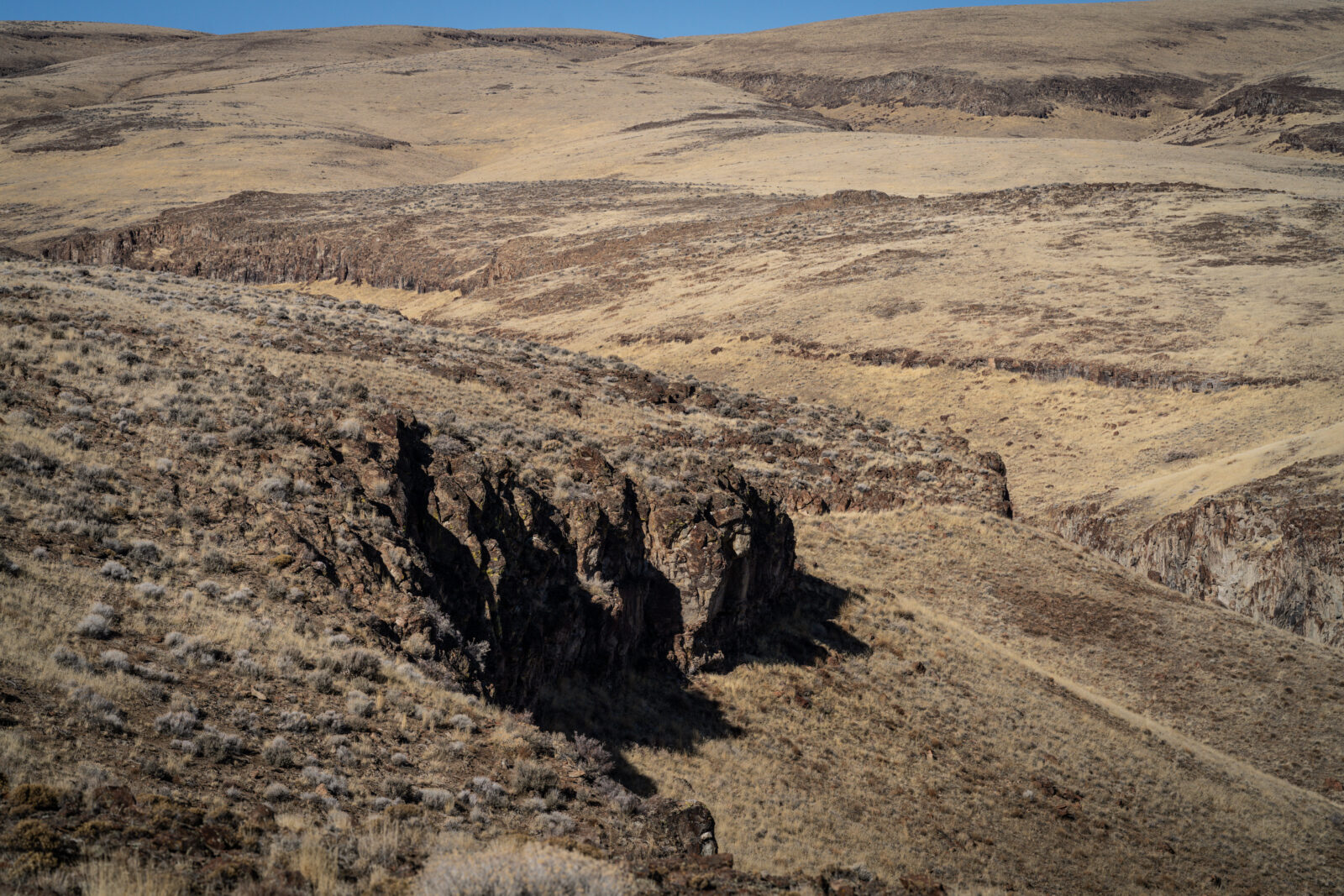

Join Us
With the renewed interest among some state and federal officials in selling public lands, it can be difficult to keep up with the latest news on this issue. Your voice is essential to ensure that the interests of the entire outdoor recreation community–made stronger when united across all types of pursuits and adventures–are heard. Click the button below to sign up for updates about public land disposals and opportunities to get involved through our friends at the Theodore Roosevelt Conservation Partnership.
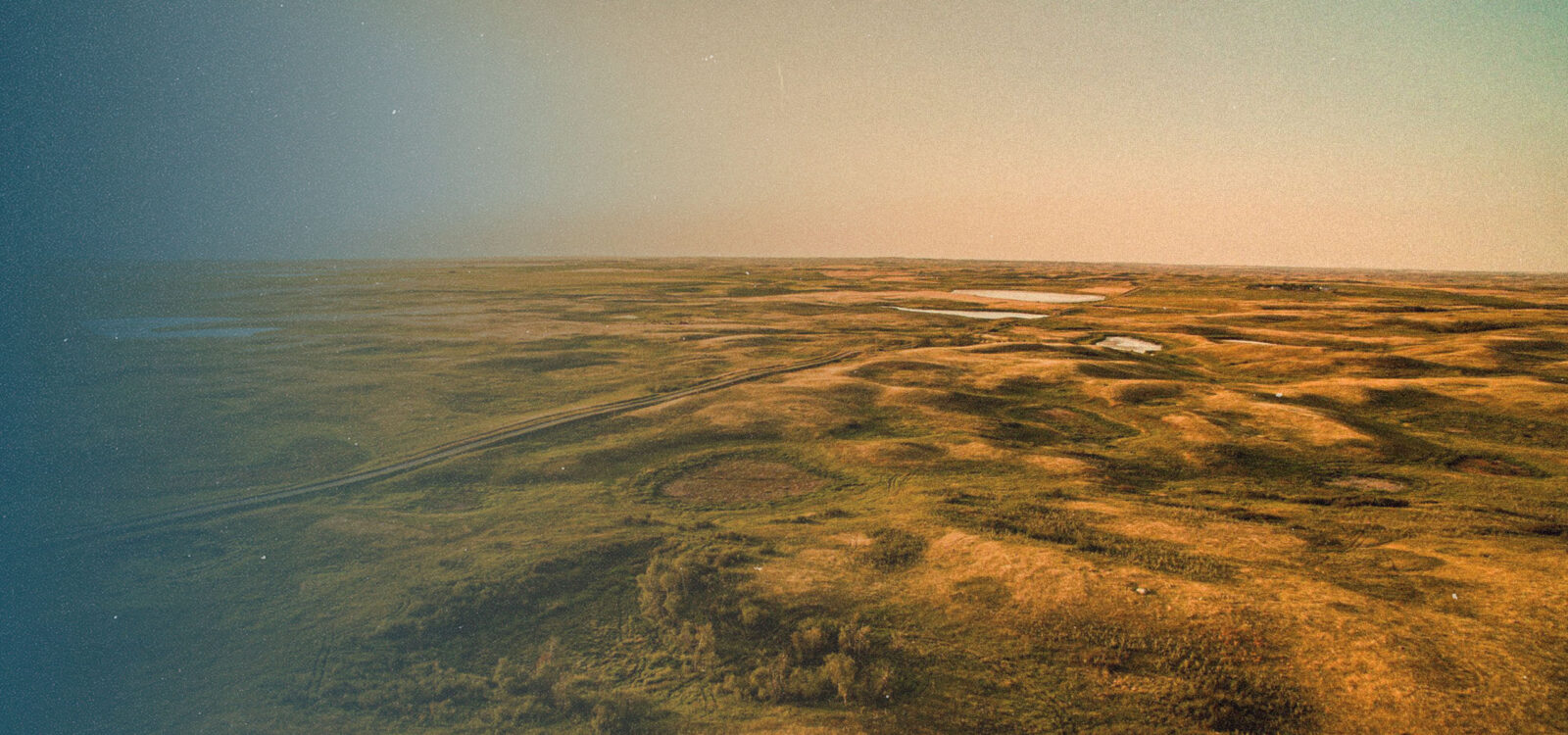

Stay In The Know
Learn more about our access and stewardship program philosophy, our Adventure Forever Grant program, and stories from the field. Follow us to stay informed and join us in advocacy.
.png)

